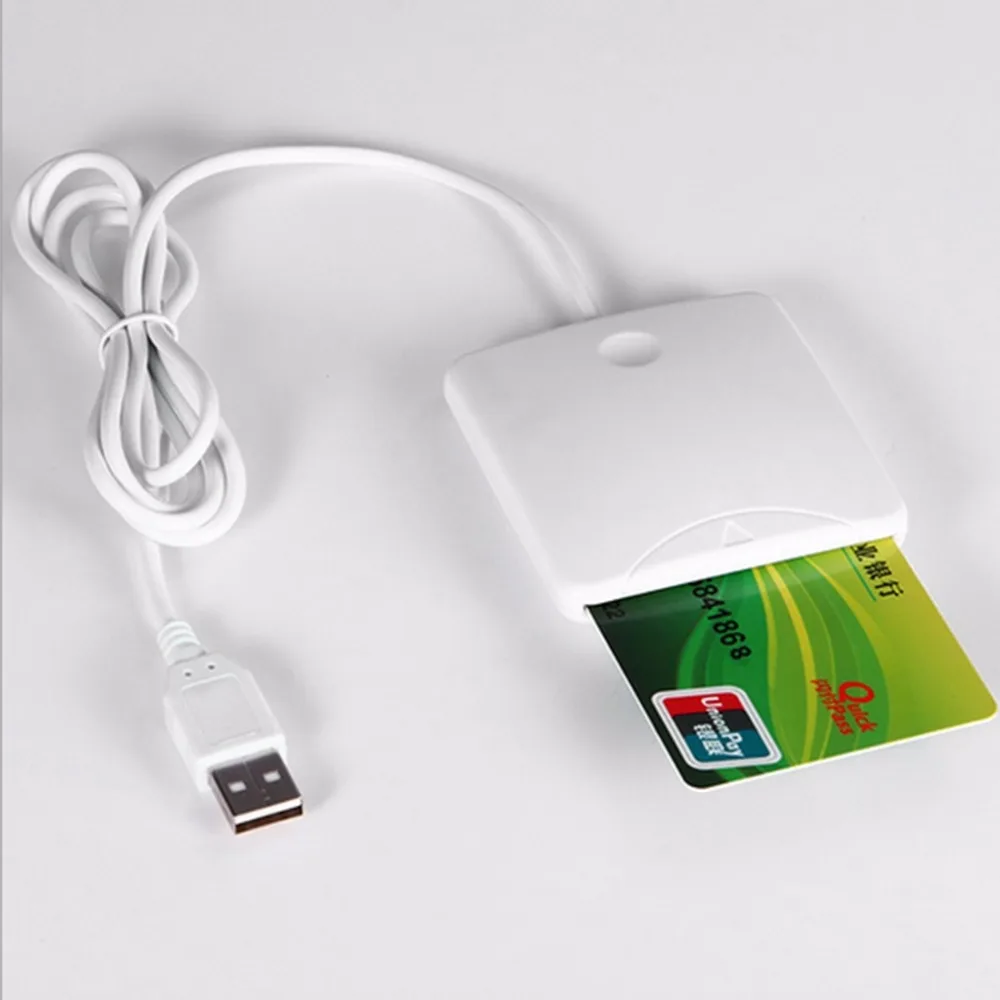
After erasing, eject the SD Card by clicking the arrow icon next to the Name of the card in the Sidebar. That’s it! You’ve successfully erased your SD card.  The Format Process will happen, and once it is done, press Done to continue. Choose a Name, type of Format, and click Erase. Usually, ExFAT is used as it is compatible throughout a range of devices and hence convenient. You will be prompted by the app, once you click on Erase, to Enter the Name of the SD Card and the type of Format operation you wish to perform. Click on the Erase button in the upper toolbar. In the left sidebar, locate the SD Card you wish to format, select it. Open Disk Utility from Macintosh HD/Applications/Utilities and run it. This can be done very easily by the ‘Disk Utility’ application as follows: To format or clear the SD card, you don’t require any third party application or a ‘Formatter’. Using the card reader, connect the SD Card with your Macbook. Due to this, you will have to purchase an external accessory, a card reader that has slots for general SD cards and micro SD cards, available on online stores and retailers. Mac computers do not usually come with inbuilt SD card readers. If you wish to have the SD Card compatible with other devices, do not select the OS Extended formats.
The Format Process will happen, and once it is done, press Done to continue. Choose a Name, type of Format, and click Erase. Usually, ExFAT is used as it is compatible throughout a range of devices and hence convenient. You will be prompted by the app, once you click on Erase, to Enter the Name of the SD Card and the type of Format operation you wish to perform. Click on the Erase button in the upper toolbar. In the left sidebar, locate the SD Card you wish to format, select it. Open Disk Utility from Macintosh HD/Applications/Utilities and run it. This can be done very easily by the ‘Disk Utility’ application as follows: To format or clear the SD card, you don’t require any third party application or a ‘Formatter’. Using the card reader, connect the SD Card with your Macbook. Due to this, you will have to purchase an external accessory, a card reader that has slots for general SD cards and micro SD cards, available on online stores and retailers. Mac computers do not usually come with inbuilt SD card readers. If you wish to have the SD Card compatible with other devices, do not select the OS Extended formats. 
MS-DOS (FAT) can be used for earlier versions and smaller sizes. For SD card size greater than 64GB and Mac Os Lion and greater, usually ExFAT is used. It is important to be aware of the format Type you are going to perform, which will depend upon the size of SD Card and the OSX version you are running.Thus, it is advisable to backup any files/data you want beforehand.

When you format data on SD Card, it erases all the data. Getting Startedīefore we get to formatting the SD Card, here are a few things you should keep in mind beforehand: 2 Format SD Card using Terminal: An Alternative Methodįollow the given steps to be format or clean your SD card on Mac.







 0 kommentar(er)
0 kommentar(er)
